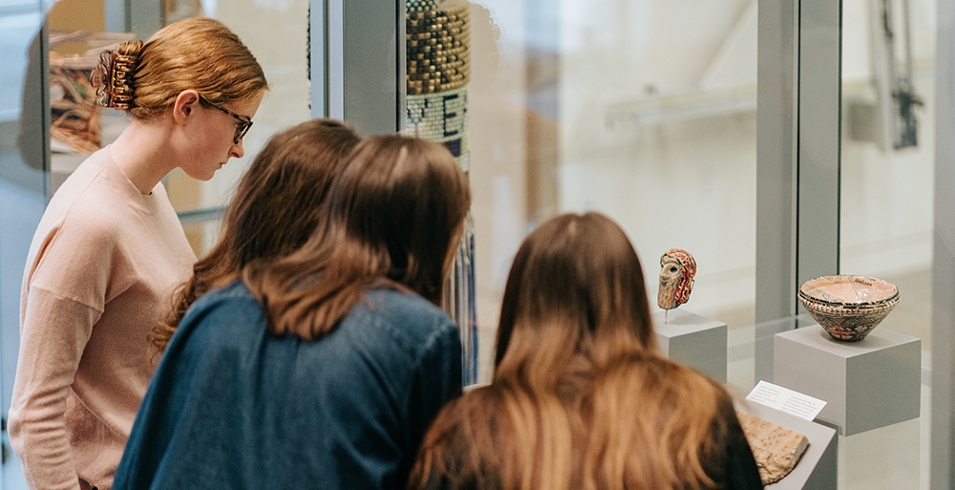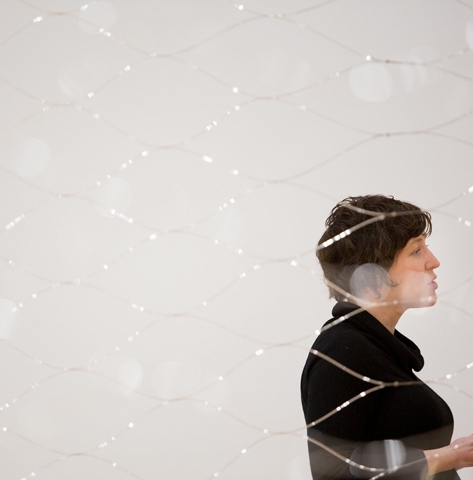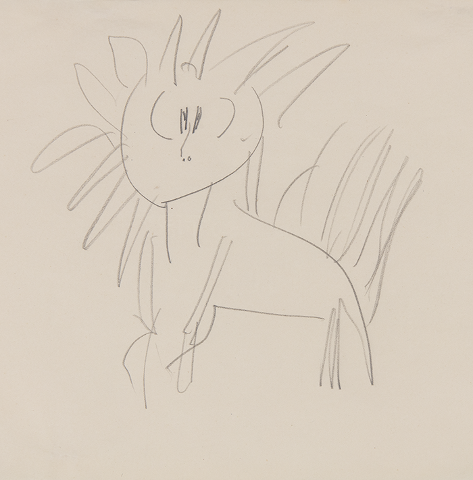Janelle Rodriguez

As the museum world broadens an understanding of its mission to encompass not only the meaning conveyed through artworks and artifacts but also the life of those objects themselves—as evidenced by the growing call for provenance research, new laws to ensure displays are created in collaboration with Native American communities, and restitution of objects to their countries of origin—I am invigorated by this field-wide shift in emphasis to value the journey of each object. These works tell the stories not only of the maker but also, of the places they have traveled and those who have been their stewards. For example, a recent group of nine works in various mediums donated to the Wellin Museum by Dr. Allen Roberts in memory of his late wife and former Wellin guest curator Dr. Mary “Polly” Nooter Roberts, are a trace of the travels and research of the anthropologist and art historian couple. These objects will endure as a record of the Wellin’s curatorial collaborations with scholars and also expand our holdings of global modern and contemporary art, notably in African and Islamic art.
Artworks and artifacts are not fixed. Rather they continue to accrue layers of meaning and impact visitors’ experiences. In the 2023–2024 academic year, the Wellin Museum hosted 139 Hamilton College classes. Visits from diverse courses such as Africana studies, archeology, dance, creative writing, environmental studies, French, religious studies, sociology, music, and women’s and gender studies, among many others, evinced a deeper understanding of the objects they interacted with. As we track those visits and the objects viewed, these engagements add to the significance of the artworks themselves and their relevance to numerous disciplines and subjects. So an object’s journey continues even when it remains on site. In addition, faculty from various disciplines deepen our knowledge of the artworks in our collection and provide more context for artworks used in teaching. To highlight this aspect of our work, we will launch an original documentary by filmmaker Brett Novak featuring faculty members discussing select works from the collection produced to accompany the exhibition Menagerie: Animals in Art from the Wellin Museum opening this fall.
On a recent visit to Paris, Elodie Cazes, the curator of the Agnes b. collection, led me and Wellin exhibiting artist Rhona Bitner on a tour of the current photography exhibition at the collection’s LA FAB headquarters. Since the 1980s, Agnes b., a famed clothing designer, has often featured art in her retail spaces and her commitment to particular artists clearly complements and likely informs the aesthetic communicated through the the design of her clothes. What was compelling beyond the images themselves was that each artwork on view at LA FAB had an acquisition story graciously shared by the collection’s curator that was as intriguing as the object itself.
In a May episode of “the Art Angle” podcast featuring an interview with former Wellin exhibiting artist Jeffrey Gibson, the artist noted about his research process as it relates to his current solo exhibition at the US Pavilion at the Venice Biennale, “I can’t deny that all objects have a life.” This is something many cultures, including the artist’s own Choctaw and Cherokee tribes, have long acknowledged and that the museum world is beginning to grasp. For example, I was grateful to attend the opening festivities for the Venice Biennale and see how Jeff incorporated “whimsies,” 19th and 20th-century beadwork made by Native Americans for the tourist trade and a longtime fascination of Jeff’s, and other found beadwork into his paintings and tableaus. By literally and figuratively interweaving these objects into his own works, the contemporary artist recognized their value and craftsmanship, and acknowledged those progenitors as a signifier of Native American continuity and ingenuity across time and cultures.
Context is everything. At the Wellin, as part of our ongoing Creative Commission program launched in 2022 to coincide with the museum’s tenth anniversary, artists are invited to create works specifically for the museum’s collection. Through this initiative, artists have the opportunity to fully explore the community in which the artwork they create will reside through site visits that involve meetings with faculty, staff, and students, touring facilities, and exposure to other resources on Hamilton College’s campus in advance of a commission’s creation. Creative Commission recipients to date include Akea Brionne, Alisa Sikelianos-Carter and Donté K. Hayes. Through this effort and our work with exhibiting artists, we hope to make the creation of artworks a collaboration and to encourage an exchange of ideas that is generative for artists, the museum, the campus, and our community.







